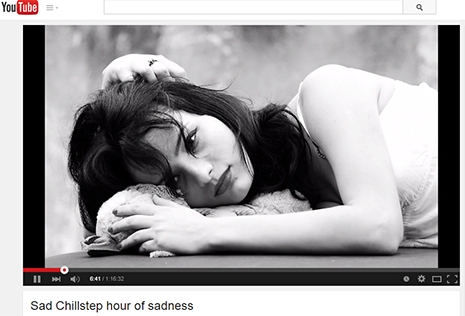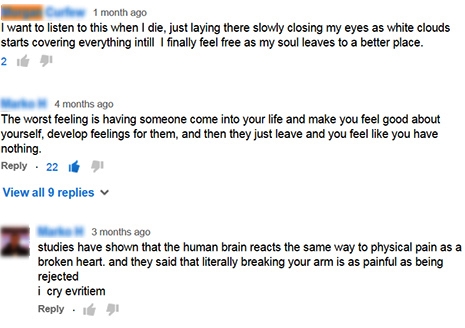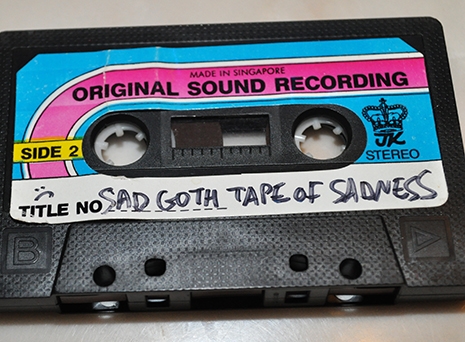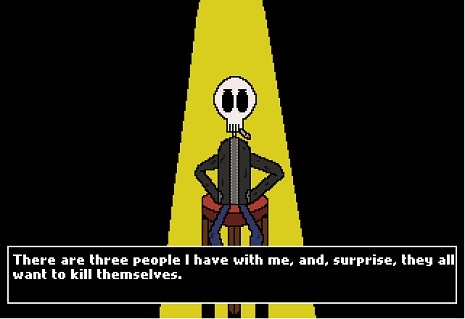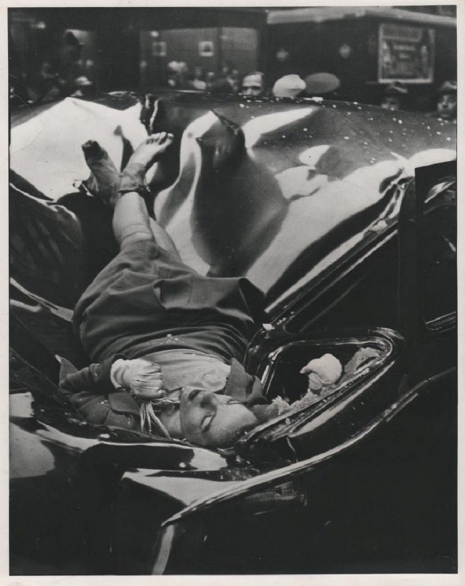
Suicide is the tenth leading cause of death in America. On average there are 121 suicides every single day. Fifty percent of these are achieved with firearms. Just over a quarter are the result of hanging or suffocation. Poisoning makes up about fifteen percent.
In 2015, seven out of ten suicides were white males, with the highest percentage being middle-aged men. A total of 494,169 were taken to the hospital due to attempted “self-harm.” That works out to an average of twelve people self-harming for every successful suicide. However, most suicide attempts go unreported which means there is an estimated one million US citizens who attempt suicide every year.
For those who have no access to a gun or to poison or worry that hanging might leave them paralyzed from the neck down, then jumping off a tall building or a bridge is the preferred choice for about five percent of all suicides. Golden Gate Bridge in San Francisco is the top spot for those who choose to jump. To date, around 1600 people have jumped from the bridge—an average of one person jumping to their death every two weeks. However, approximately one in fifty survives the fall—usually with life-changing injuries. Part of the attraction to jumping is the spectacle, as one Golden Gate suicide survivor Ken Baldwin explained in 2011:
“Jumping from the bridge was going to force people to see me….To see me hurting, to see that I was a person, too.”
The moment Mr. Baldwin let go of the rail and began to freefall downwards, he quickly realized that:
“...everything in my life that I’d thought was unfixable was totally fixable – except for having jumped.”
He was lucky enough to survive to tell his tale after being pulled out of the water by the coast guard.
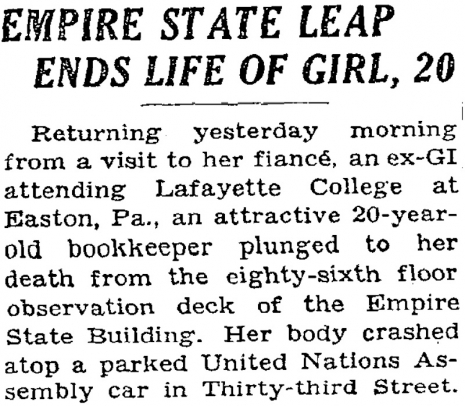
Suicide has had a bizarre, and let’s be honest, dumb romantic appeal since Cleopatra was bitten by an asp. This notion was further endorsed by the English Romantic poets, in particular, Thomas Chatterton who poisoned himself at the tender age of seventeen—supposedly in fear of having caught a dose of the clap. This trend to romanticize suicide carries on to present day which sadly suggests we never learn from our mistakes. And I can ‘fess up to being that special kind of stupid having survived two suicide attempts. As Dorothy Parker noted—it ain’t worth it and we might as well live.
The photograph that perhaps captures this strange romantic idea about suicide as somehow “beautiful” was taken by student Robert Wiles on Thursday, May 1st, 1947. His photograph shows the body of Evelyn McHale atop a limousine parked outside the Empire State Building on 33rd Street, New York. Evelyn was a 23-year-old bookkeeper with the Kitab Engraving Company. She had just returned to New York from celebrating her fiance Barry Rhodes’ 24th birthday on April 30th, in Easton, Pennsylvania. Rhodes later said he had no idea of Evelyn’s intentions:
“When I kissed her goodbye she was happy and as normal as any girl about to be married.”
At some point on the train journey back to the city, Evelyn made her mind up to commit suicide. Arriving at Penn Station, Evelyn is believed to have entered the Governor Clinton Hotel where she wrote her suicide note which read:
“I don’t want anyone in or out of my family to see any part of me. Could you destroy my body by cremation? I beg of you and my family – don’t have any service for me or remembrance for me.
My fiance asked me to marry him in June. I don’t think I would make a good wife for anybody. He is much better off without me.Tell my father, I have too many of my mother’s tendencies.”
The most telling part is Evelyn’s line about having “too many of [her] mother’s tendencies.”
Evelyn was the sixth of seven children born to Vincent and Helen McHale. In 1930, the family moved to Washington D.C. where her father worked as Federal Land Bank Examiner. This was the year Evelyn’s mother Helen quit the family home leaving Vincent to look after the children. It’s not known why Helen McHale moved out.
Read more about the ‘beautiful suicide’ of Evelyn McHale after the jump…






